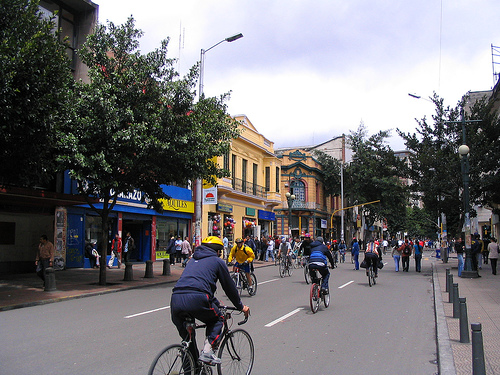The process of testing the market for a high speed rail linking Durban and Johannesburg will start next month, Transport Minister Sbu Ndebele announced on Monday.
"By next month, we will commence with the dual process of concept development and testing the market for a period of six months," said Ndebele at the launch of transport month at Bridge City in Durban.
The construction of a multibillion-rand high-speed rail link between Durban and Johannesburg would cut transport times dramatically.
The department had also identified Johannesburg to Cape Town, and Johannesburg to Musina high-speed rail projects.
Ndebele said his department believed concept development and testing the market for the Johannesburg to Durban rail project would not take more than six months.
He said the project was crucial because the Durban-Gauteng corridor was the busiest in the southern hemisphere, both in value and tonnage.
"It forms South Africa's freight transportation network. It is also vital in facilitating economic growth for the country, region and the African continent."
Ndebele was speaking during the official opening of a R350-million underground rail station which would serve 40 000 commuters a day. The station was under the recently opened R750-million Bridge City shopping centre.
Ndebele described rail as the department of transport's pillar to moving to safer roads and reducing road crashes.
"Rail is also a key part of our plans to move both our freight and passengers from road to rail. The strategy does not mean that we are moving towards a country with no cars and roads."
Most of South Africa's commuter rail systems had reached the end of their lifespan, Ndebele said.
"We believe that introducing new rail stock and technology is an absolute necessity and will protect our historical investment in the sector."
He said South Africa had invested R40-billion in passenger rail infrastructure and services. This included the R25-billion spent on the Gautrain project, South Africa's first high speed train.
Ndebele said the Passenger Rail Agency of SA (Prasa), which operated the Metrorail commuter service, had also identified the need for recapitalisation of its rolling stock fleet over the next 18 years, at an estimated cost of R95-billion.
By: SAPA




